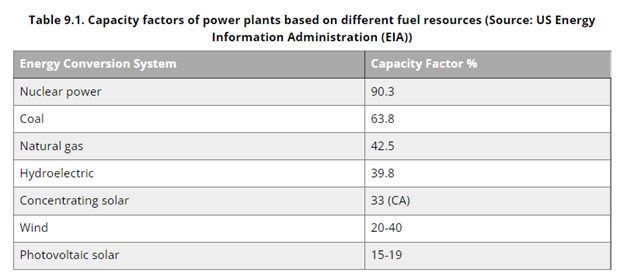Virginia is home to more than 8.6 million residents. It boasts a diverse economy comprised of more than 780,000 small businesses and prominent industries like agriculture, information technology, manufacturing, and more. With an increasing population and several industries that generate hundreds of thousands of jobs, a common need and stabilizing force that ensures homes, businesses, and livelihoods can operate without interruption is affordable energy – more specifically, natural gas.
As of today, 20 states (Ohio, Indiana, Wyoming, Utah, Arizona, Kansas, Oklahoma, Texas, Idaho, Missouri, Arkansas, Louisiana, Kentucky, West Virginia, Tennessee, Mississippi, Alabama, Georgia, Florida, and New Hampshire) have adopted pre-emption bills to stop forced electrification mandates popping up across the country. These mandates mask the policymaker’s real intent in a less provocative way, which is ultimately to ban natural gas.
The problem with these bans, and specifically the one in Virginia, is that more than half of the state’s electric power generation comes from natural gas, and federal data shows that one in three households rely on natural gas for home heating.
Additionally, taking away an electric source that provides baseload capacity like natural gas means that you have to replace it with something that has the same generation capacity or develop enough alternative sources of energy to meet the current demand.
 In some cases, that could mean doubling the development of renewables. To meet its 2030 goal, Virginia will need to develop almost a million acres with renewables, the equivalent amount of land the size of Rhode Island. By 2050, it will need to develop more than two Rhode Islands and the state of Delaware combined.
In some cases, that could mean doubling the development of renewables. To meet its 2030 goal, Virginia will need to develop almost a million acres with renewables, the equivalent amount of land the size of Rhode Island. By 2050, it will need to develop more than two Rhode Islands and the state of Delaware combined.
The only problem – is it all needs to be hooked up to new electric transmission. Plus, we’re adding new things every day that require electricity, and according to data, we’ll need between 40-100% more than we have now.
Because there is not enough transmission infrastructure to meet the growing demand of our current power grid, all of this necessary infrastructure will need to be built, and building transmission isn’t an easy task. The process, on average, takes ten years or more before it’s entirely constructed and operational – assuming there are no delays from rate cases, protests, or lawsuits.
Another issue is that switching Virginia homes and businesses from natural gas to electrification is the availability of electricity from our current power grid. Depending on the grid in certain areas, power lines can only accommodate so much electricity. Imagine it like a jug filled to the top with water. Just because you want more water doesn’t mean you have the space for it in the jug – it’s already filled to capacity. Meaning the grid can’t handle the additional load to replace the power lost by natural gas, making communities more at risk for brownouts and blackouts.
To sum it up, removing natural gas in Virginia within the plan’s proposed two-year timeline and before any of the necessary transmission infrastructure is built would be like throwing out a mattress you’re currently using because you’re expecting a delivery for a replacement in 10 years.
Installing roadblocks like a statewide natural gas ban in favor of forced electrification also disrupts the affordability that many consumers, families, and small businesses rely on to make ends meet by ignoring the reality of the high cost of electrifying everything. For example, the implications of a natural gas ban on a Richmond household could cost as much as $27,385 to retrofit existing appliances depending on the appliance models, home configuration, labor, and reliance on natural gas.
Increased electrification also means increasing statewide costs to create the transmission and other necessary infrastructure to electrify homes and businesses. A Princeton University study found that for the U.S. to achieve net-zero carbon policies through electrification and other strategies by 2050, utilities will have to make massive infrastructure investments to manage the increased load and connected costs of adding electric vehicle charging stations, heat pumps, all-electric appliances and more to Virginia’s electricity grid.
A high electrification scenario would also increase peak system demand by 50%. The study estimates nearly $42.7 billion will need to be invested in utilities’ distribution systems to support the electric load increases at $12,400 per household. Add that to an estimated $103.5 billion in capital investment for wind and solar and per-household costs to “electrify everything,” and the cost soars to $42,500.
Responsible decisions need to be made when it considering legislation for Virginians. The road to renewable energy is attainable, but it has to come with realistic expectations and the understanding that an affordable choice is necessary for consumers until a reasonably priced and reliable alternative is secured. With energy costs and inflation now at record highs, providing families, businesses, and consumers throughout the state with access to natural gas is critical to ensuring affordable and reliable energy for all.
Support your delegates working to preserve natural gas service here.

